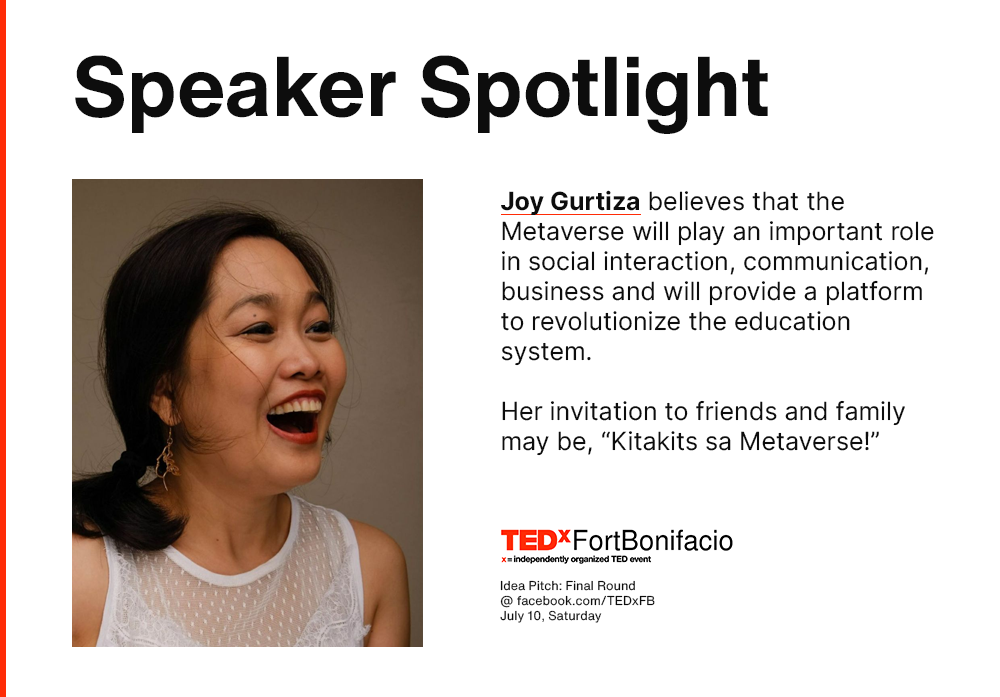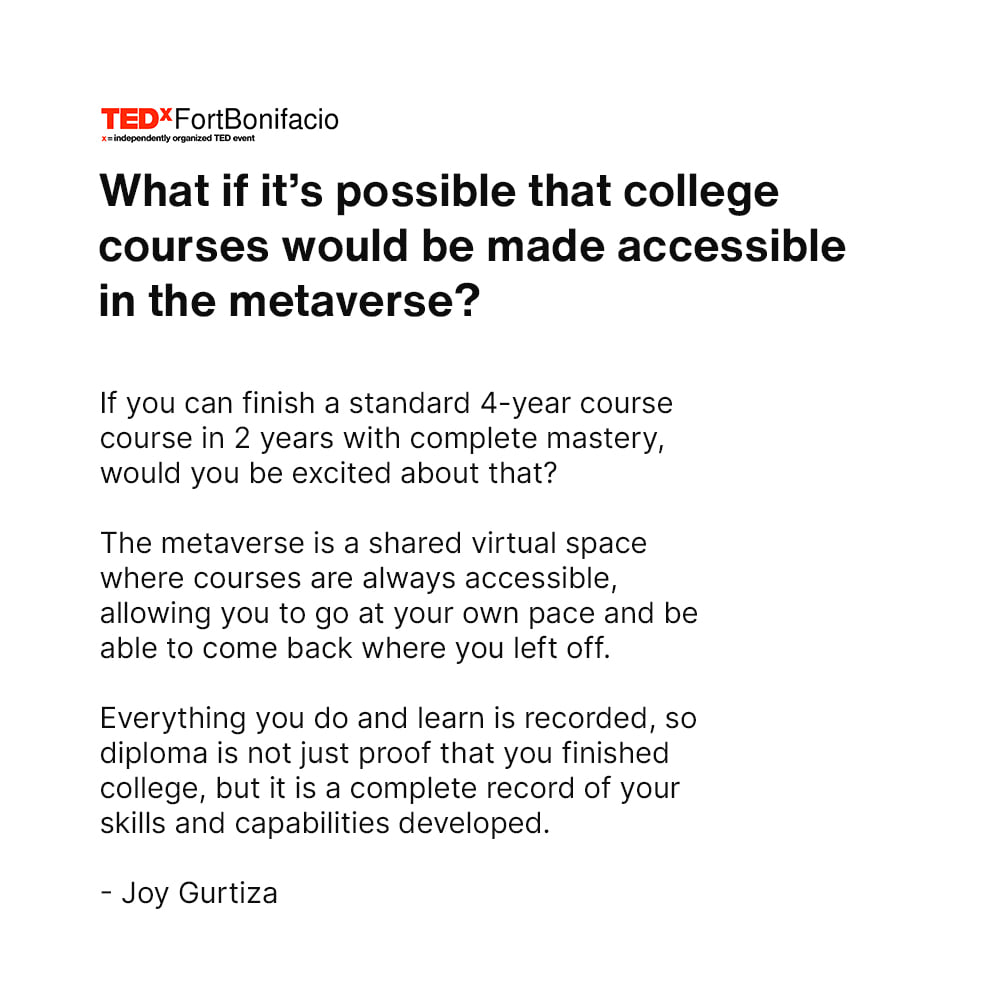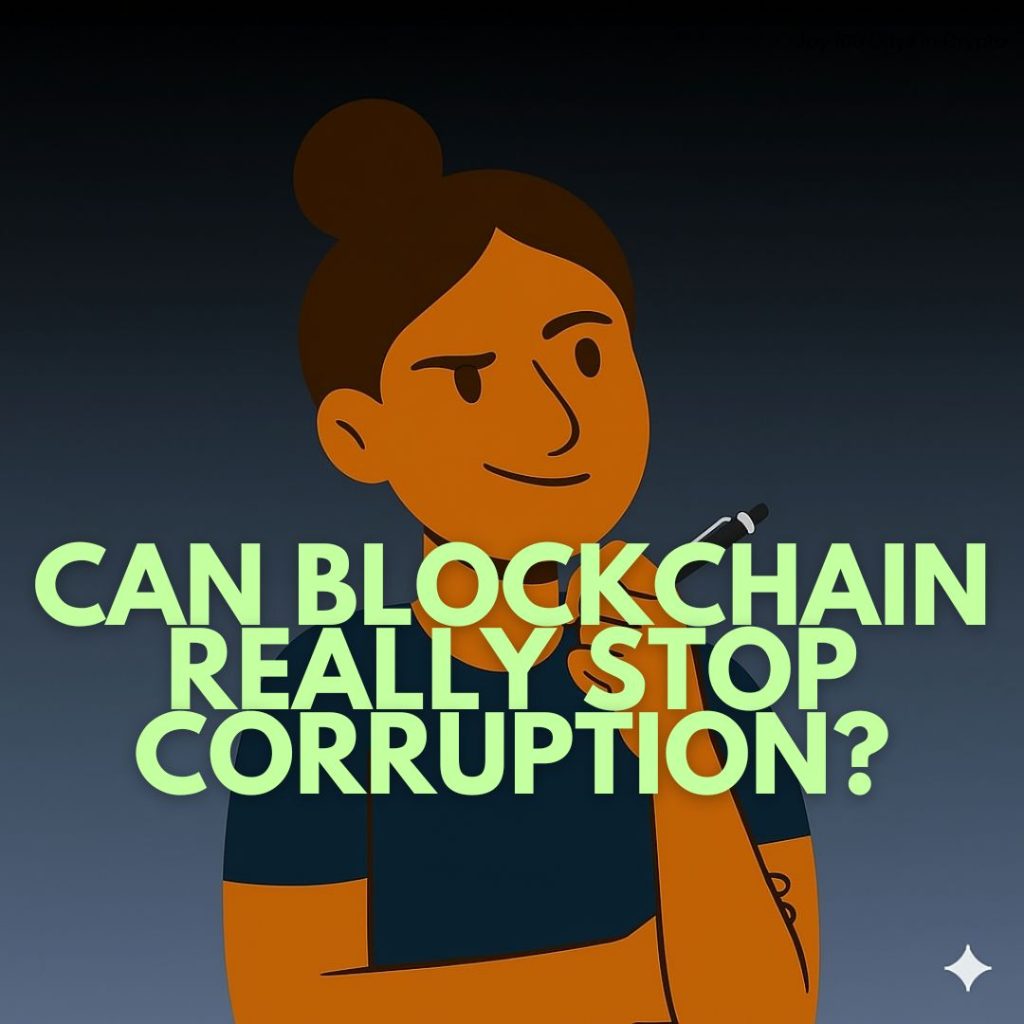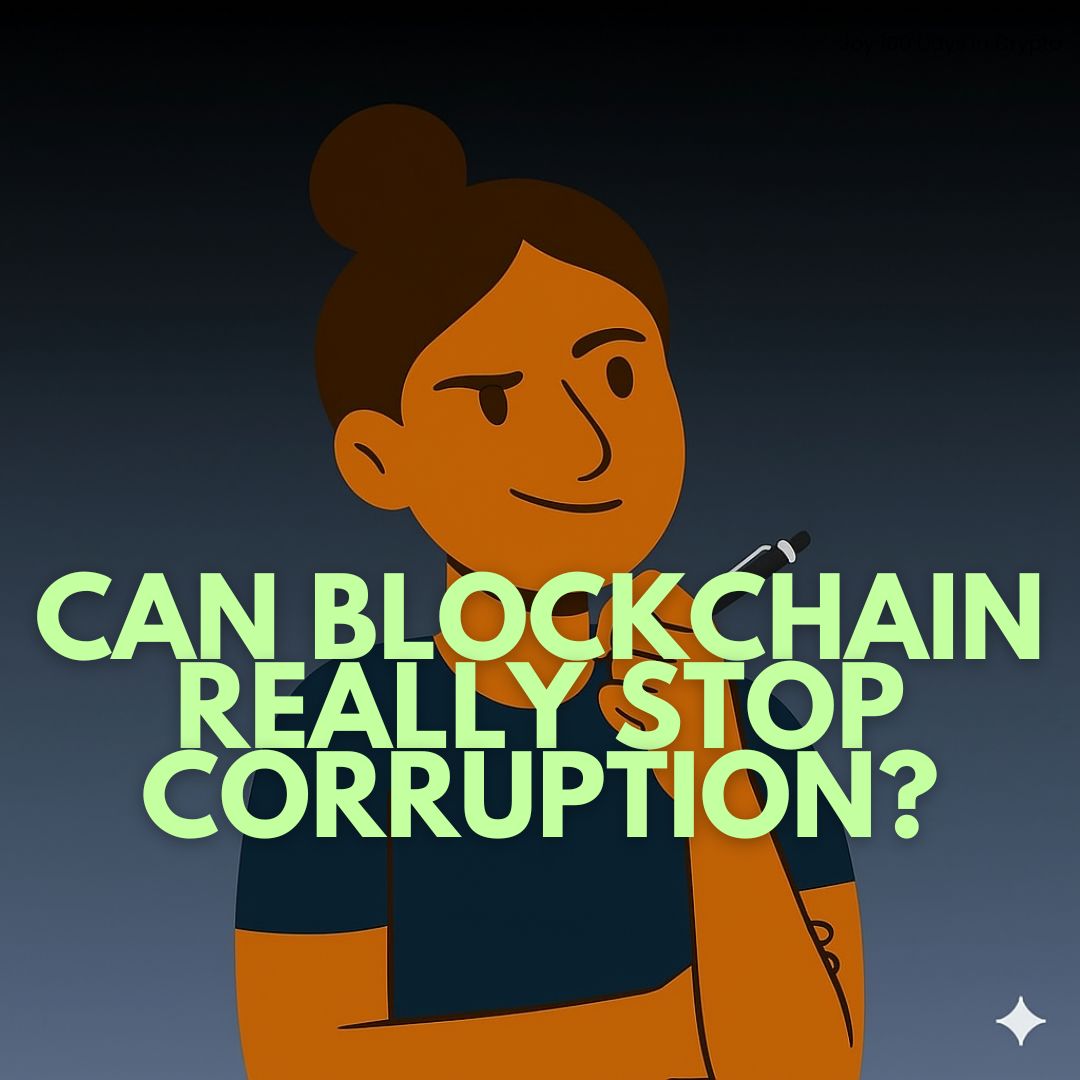Back in 2021, I joined a local TED-talk where you had to pitch an idea for the future. Out of dozens of participants, I made it to the top three finalists. My pitch?
“What if we could attend classes in the metaverse, and every academic record, every credential, every skill certificate could be viewed publicly and securely?”
Imagine that: no fake diplomas, no missing files, no endless red tape. Just transparent records that employers could verify instantly.


I didn’t win (though it felt amazing to present my idea out there!), but looking back now, I realise something important: I was using the wrong word.
What I really meant wasn’t metaverse.
It was blockchain.
Because blockchain, not virtual worlds, is what makes that kind of system possible. It’s the technology that could power that vision: a world where credentials are permanently stored, instantly verifiable, and impossible to fake.
Blockchain: A Digital Ledger of Truth?
At its core, blockchain is like a shared notebook that everyone can read but no one can secretly erase. Every transaction, every change, every record is written down permanently.
That’s why many people, including me back then, thought it could end corruption, especially in government.
No more ghost employees. No more “pushed under the rug” budget reports. No more fake documents.
But recently, I read Luis Buenaventura’s Cryptoday 151: How to Combat Fraud with Blockchain, and it completely shifted my perspective.
He argued something that hit me hard:
“Blockchain can’t prevent fraud within the Philippine government, because even the blockchain industry itself can’t prevent fraud within its own system.”
At first, I thought, wait, what? Isn’t blockchain supposed to be tamper-proof? Transparent? Unhackable?
Well… yes and no.

Blockchain’s Strength, and Its Limit
Blockchain’s main strength is that once data is inside it, it can’t be changed.
But here’s the catch, it can’t tell whether the data itself is true or false.
Let’s say you record your expenses honestly in your family notebook, that notebook’s accuracy depends on your honesty. If someone writes a wrong number, the notebook doesn’t argue; it just records it.
That’s how blockchain works. It records data faithfully, but if you upload a lie… it stays a lie forever. Immutable and permanent.
Luis calls this the “data oracle problem.”
You can trust what’s inside the blockchain (like Bitcoin transactions).
But once you bring data from outside, like a government budget, an education record, or even the weather, the blockchain has to trust whoever uploads it.
If that data source is compromised, then congratulations, you’ve just immortalized corruption on-chain.
The Human Factor
One line from Luis’ post stuck with me:
“With blockchain, you might reduce bribes from many to just one, but the corruption’s still there.”
That hit home.
Because when I think about my 2021 pitch, that beautiful vision of digital classrooms and transparent credentials, it’s still true that blockchain can make records secure.
But it can’t make people honest.
It’s like having CCTV everywhere.
You can record what’s happening, but if the camera’s pointed at the wrong place, or if the footage is fake, the system is useless.
Blockchain can keep a record safe, but it can’t judge right from wrong. That’s still up to us.
Real-World Example
Luis also mentioned a project called Polymarket, a blockchain-based prediction market where people bet on real-world events.
To keep results accurate, Polymarket uses data oracles, systems that feed outside info (like election results or sports scores) into the blockchain.
But guess what?
People found ways to manipulate those oracles, by placing large enough bets or tampering with data sources.
If something as simple as “who won the game” can be manipulated, imagine trying to track billions of pesos in government spending.
You’d need bulletproof oracles, perfect honesty, and zero human error, a pretty impossible combo.
My Takeaway as a Mom Learning Crypto
As a mom, I’ve learned that no tool, not even the most advanced, can replace human values.
Blockchain is amazing for transparency, accountability, and trustless transactions.
It can help us see patterns, detect fraud faster, and make public records accessible to everyone.
But at the end of the day, it’s still us feeding it the data.
If that data is corrupt, the system becomes corrupt, too.
So maybe the goal isn’t to find a magic tool that ends corruption, but to use technology as a mirror that reflects who we truly are.
And hopefully, that reflection pushes us to be better, whether we’re managing a national budget or just our family’s grocery list.
Final Thought
Luis Buenaventura’s article reminded me that blockchain isn’t a moral machine it’s a record-keeper.
It can’t stop fraud on its own, but it can expose it faster, clearer, and publicly.
That’s still powerful.
Because maybe real change doesn’t start from perfect technology.
It starts from honest people using powerful tools the right way.
Technology can’t fix human greed.
—
P.S. Grateful for this topic, I was actually running out of subjects to write for my #Joy100DaysofCrypto. Thank you, Luis Buenaventura, for sparking this reflection. Your post reminded me why I started learning about blockchain in the first place: to understand, not just believe the hype. 🙏 Stay tuned for Day 26 guys!

Leave a Reply